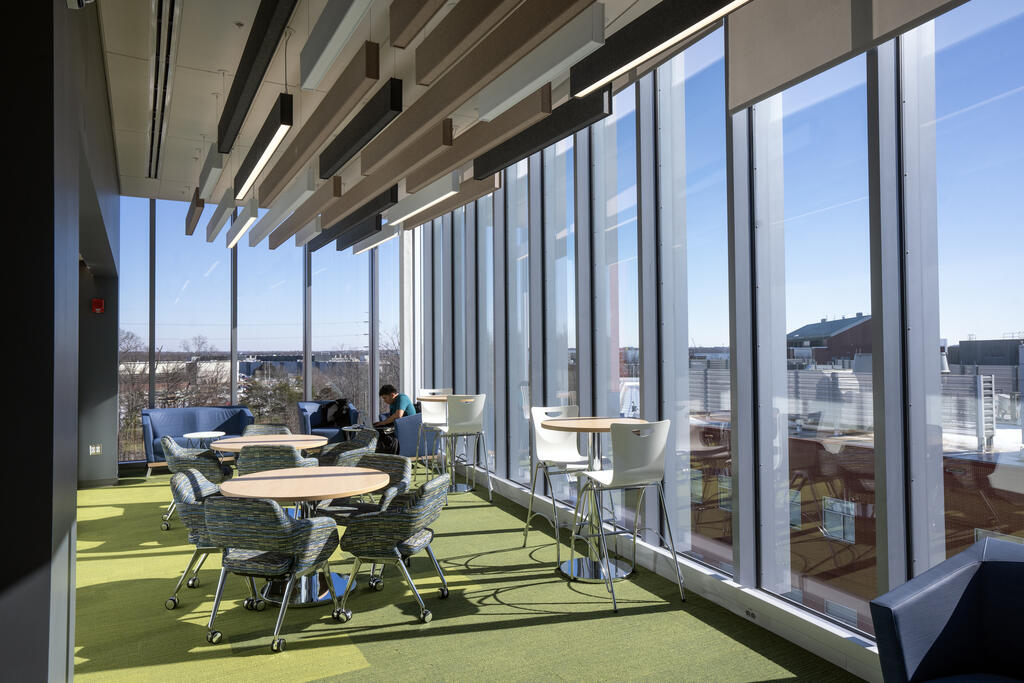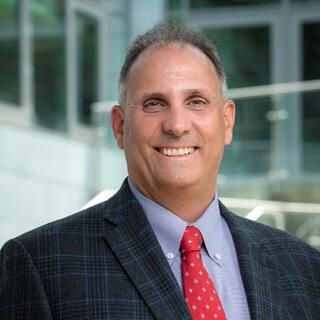Admission CTAs
Science Challenges Explained: ENERGY—The currency of the universe
About a year ago, the Biden-Harris Administration shared a fact sheet titled “Developing a Bold Vision for Commercial Fusion Energy” that outlined a decade-long “vision to accelerate fusion – a clean energy technology that uses the same reaction that powers the Sun and stars.” This declaration included a summit sponsored by the White House Office of Science and Technology Policy (OSTP) and the U.S. Department of Energy (DOE) to convene stakeholders to accelerate the vision.
Last December, the White House announced that scientists at Lawrence Livermore National Laboratory were able to do something that hadn’t been done before anywhere in the world. The group created a net energy output gain through fusion (more energy was created by fusing atoms together than was used to generate the reaction).
Simply put, these fusion reaction experiments bring atoms together to generate energy. The key is to produce more energy after the reaction than what it took to create it. In the past, the group had created 70 percent of the energy so the recent breakthrough is a significant step forward.
That’s where we come in…
Recently George Mason University launched 'Our Future, Transformed," a video series in which university president Gregory Washington discusses the grand challenges we face today with Mason's leading experts in a multidisciplinary classroom of Honors College students. The new publicly available online video series will explain global challenges and possible technologies to solve them.
The first episode with Mason astrophysicist Hakeem Oluseyi, focuses on whether or not fusion power can provide us clean, abundant, affordable energy in the foreseeable future." Other topics expected to be released include water scarcity (I did this one, it is in production now), border security, returning to the moon, women in STEM, criminal justice reform, just to name a few. The series brings students and our Mason community together to better understand the issues. Then class time discussion Q&A, and developing research infrastructure can encourage our students to ask their questions, work together, and explore solutions to address them.
Our Mason scientists consider society’s challenging situations and partner with others in academia, across the public and private sector and within communities searching for ways to solve these problems. That is what makes the work of a scientist so exciting and rewarding.
I encourage you to learn about these grand problems. And, if you have a segment to suggest for the college’s upcoming “Science Explained” series, let us know.

